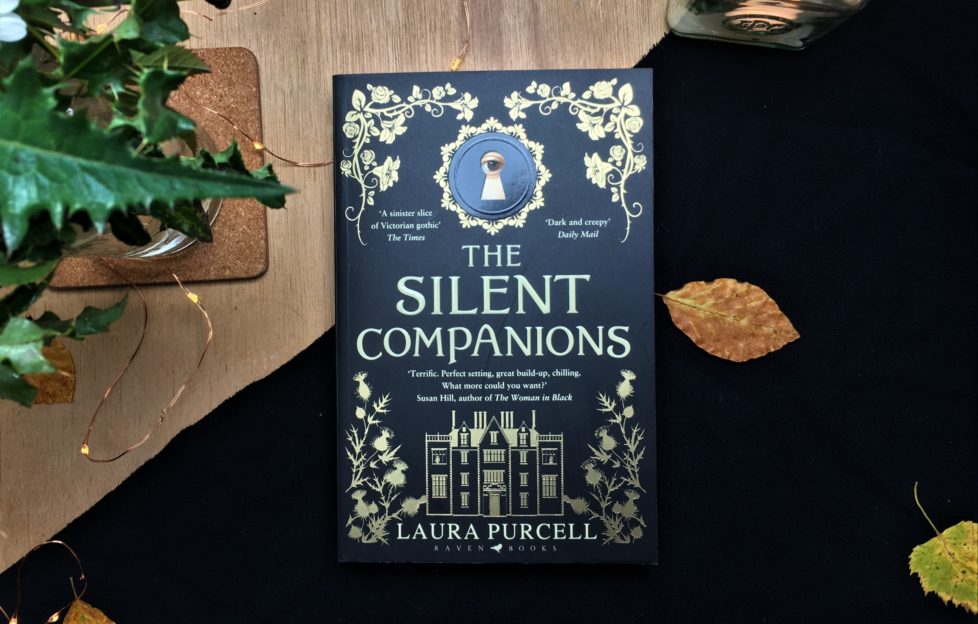

They were usually made from multiple pieces of woo which were reinforced at the back with battens. They were made by professional sign-painters and were created in the Dutch tradition of “trompe L’Oeil”, the technique of creating a three-dimensional visual illusion on a flat surface. The quality of the original silent companions was very high. It’s also possible that they were used for display – a slightly smaller-than-lifesize figure can make a room look bigger! The ones at Lydiard were probably chimney boards, which people used to screen open fireplaces during the warm summer months when the fire wasn’t needed. There is historical evidence to suggest though that they also had a practical purpose, as door stops, fire guards and even figures for target practice. Other theories are that they were created to combat loneliness – hence the name silent companion. Some people have suggested that they were made to deter burglars or even to convince enemy soldiers that there was already a regiment in the house! A strategically placed candle, in the days before electric light, could certainly make them look realistic enough to frighten people.


But there is a mystery about them what are they for? The fashion for them started in Holland and quickly spread to the rest of Europe and to America. They can be painted in a variety of styles, to resemble soldiers, children, servants or even animals. They are flat, wooden cut out figures that formed part of 17th-century room decoration. I’ve always been fascinated by silent companions and wondered what there purpose was. This was a dummy board or “Silent Companion.” No, I wasn’t witnessing the appearance of one of the Lydiard apparitions. It was the size of a child, finely-dressed, very still and silent. I walked into the Dining Room – and jumped a mile when I saw the small figure standing beside the fireplace. I well remember the first time I visited Lydiard House.


 0 kommentar(er)
0 kommentar(er)
